With great pleasure, we will explore the intriguing topic related to French Calendar 2025: A Comprehensive Guide. Let’s weave interesting information and offer fresh perspectives to the readers.
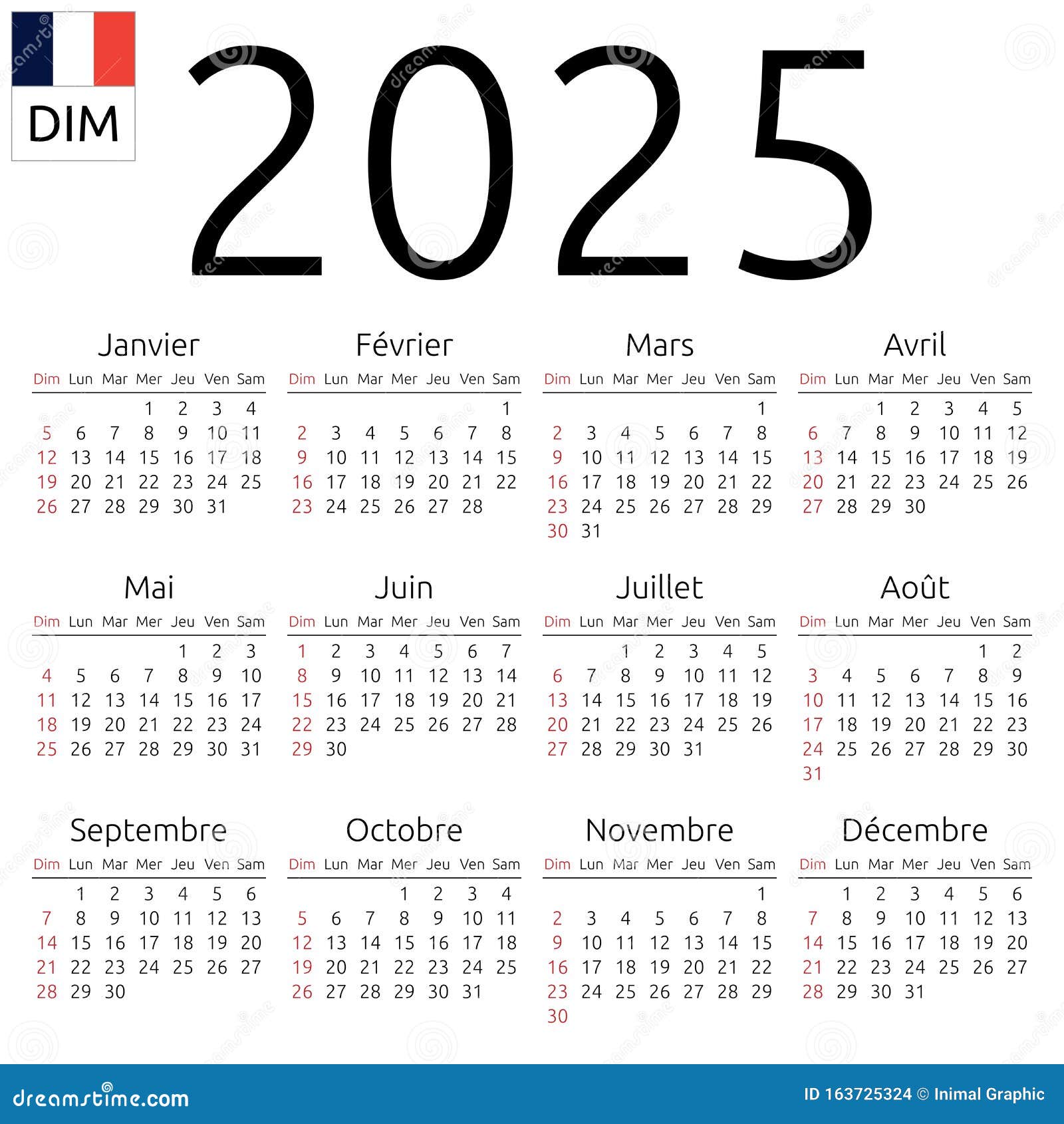

The French calendar, officially known as the Republican Calendar, was established during the French Revolution in 1793. It was based on the decimal system and aimed to replace the Gregorian calendar, which was seen as a vestige of the monarchy. The Republican Calendar was in use for twelve years, from 1793 to 1805, before being abolished by Napoleon Bonaparte.
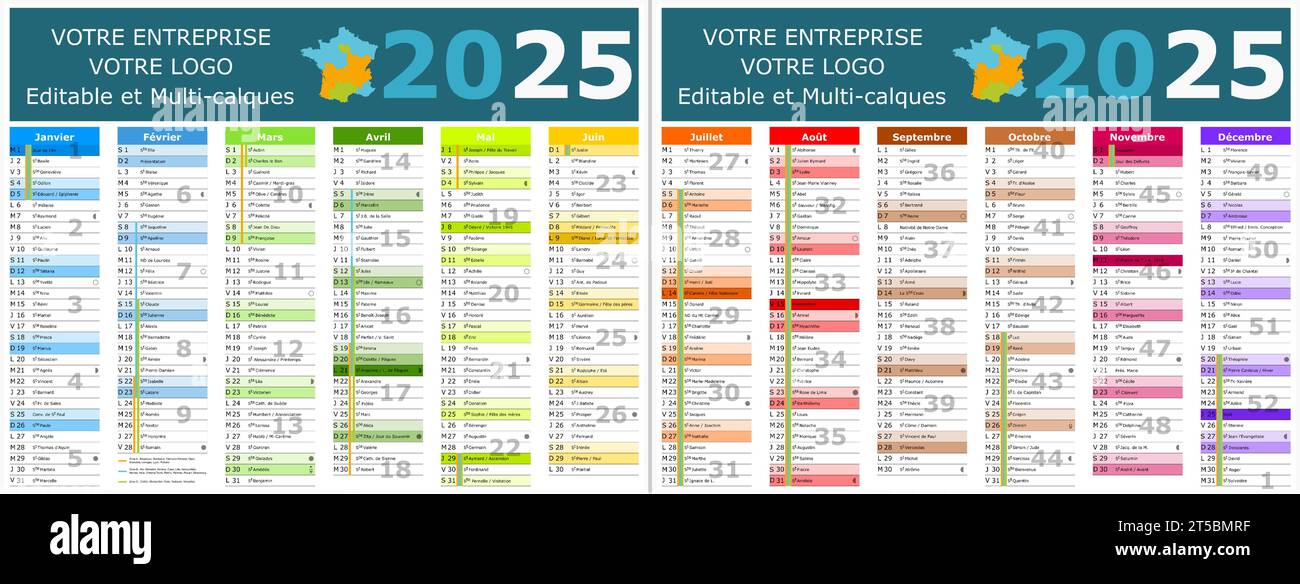
In recent years, there has been renewed interest in the French calendar, particularly among those who are interested in alternative calendars and timekeeping systems. This article provides a comprehensive guide to the French calendar, including its history, structure, and usage.
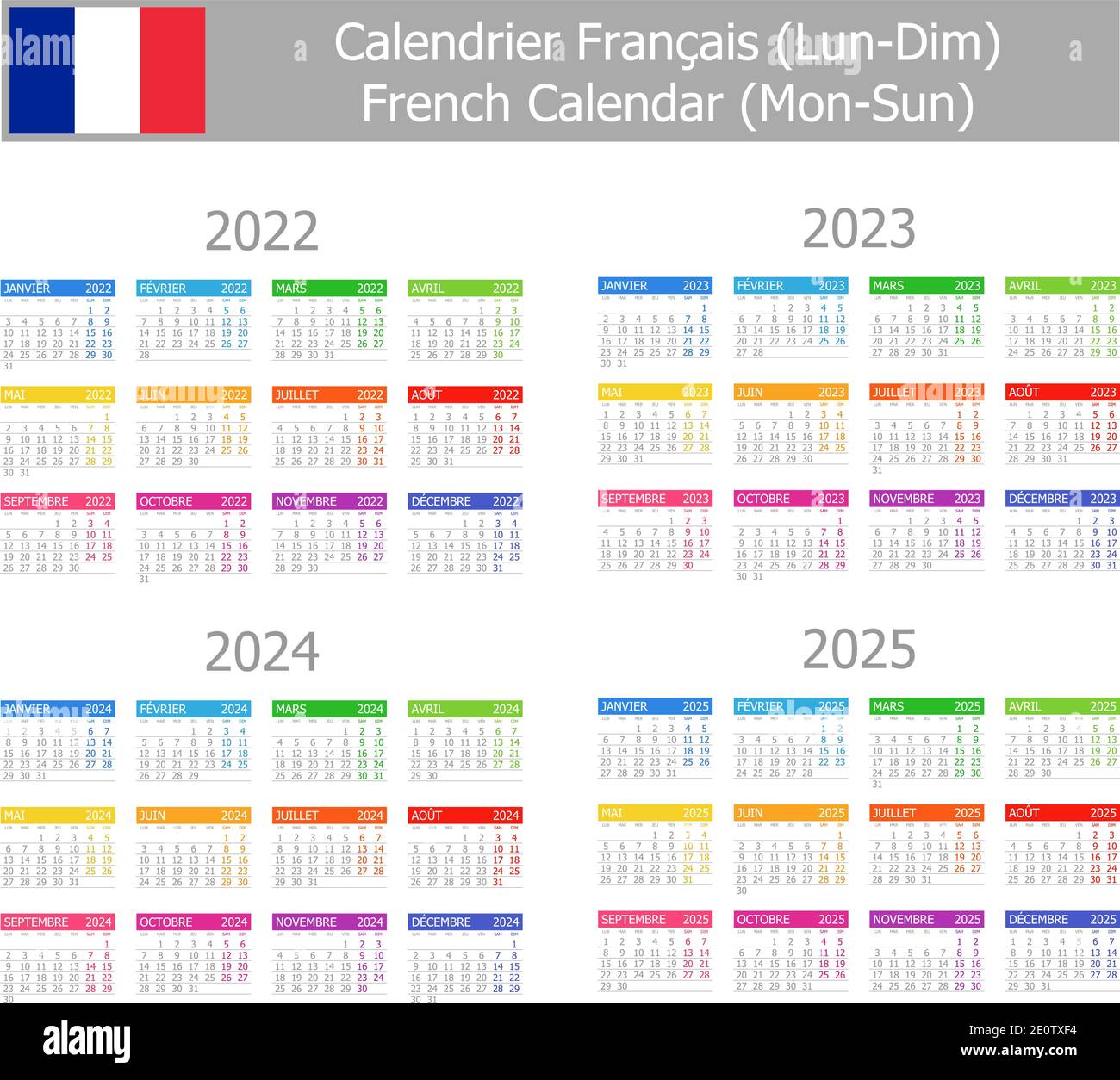
The French calendar was created by a commission of scientists and mathematicians during the French Revolution. The commission was led by the astronomer and mathematician Joseph-Louis Lagrange. The calendar was designed to be rational and scientific, based on the decimal system. It was also intended to be a symbol of the new republic and its values of liberty, equality, and fraternity.
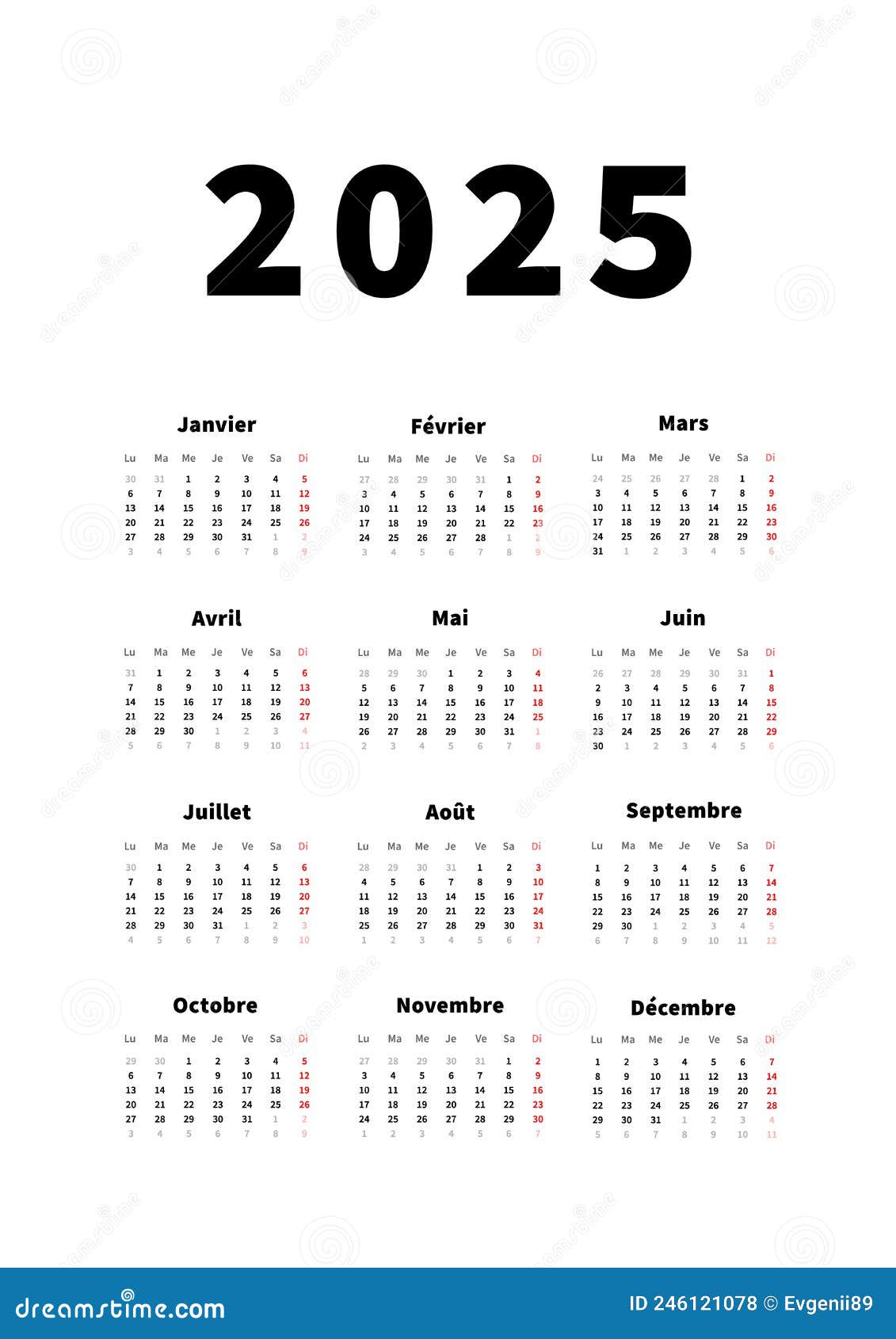
The Republican Calendar was first adopted by the National Convention on October 5, 1793. It was implemented on November 24, 1793, and remained in use for twelve years, until December 31, 1805. The calendar was abolished by Napoleon Bonaparte on January 1, 1806, and the Gregorian calendar was reinstated.
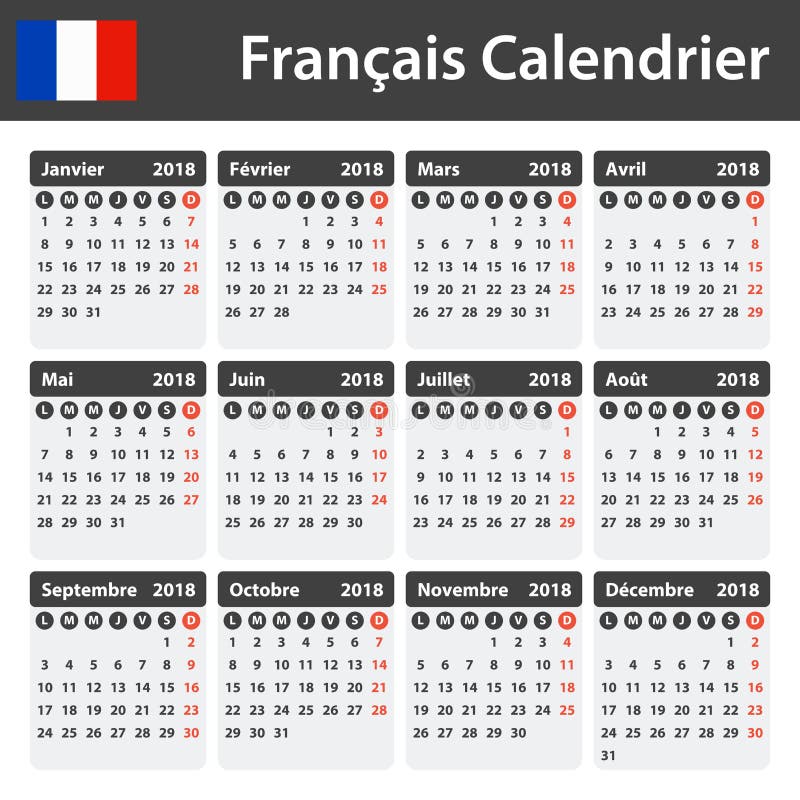
The French calendar was based on the decimal system. The year was divided into twelve months, each of which was divided into three decades. Each decade was further divided into ten days. This resulted in a year of 360 days, with five additional days (known as sans-culottides) added at the end of the year to make up for the difference between the solar and lunar calendars.
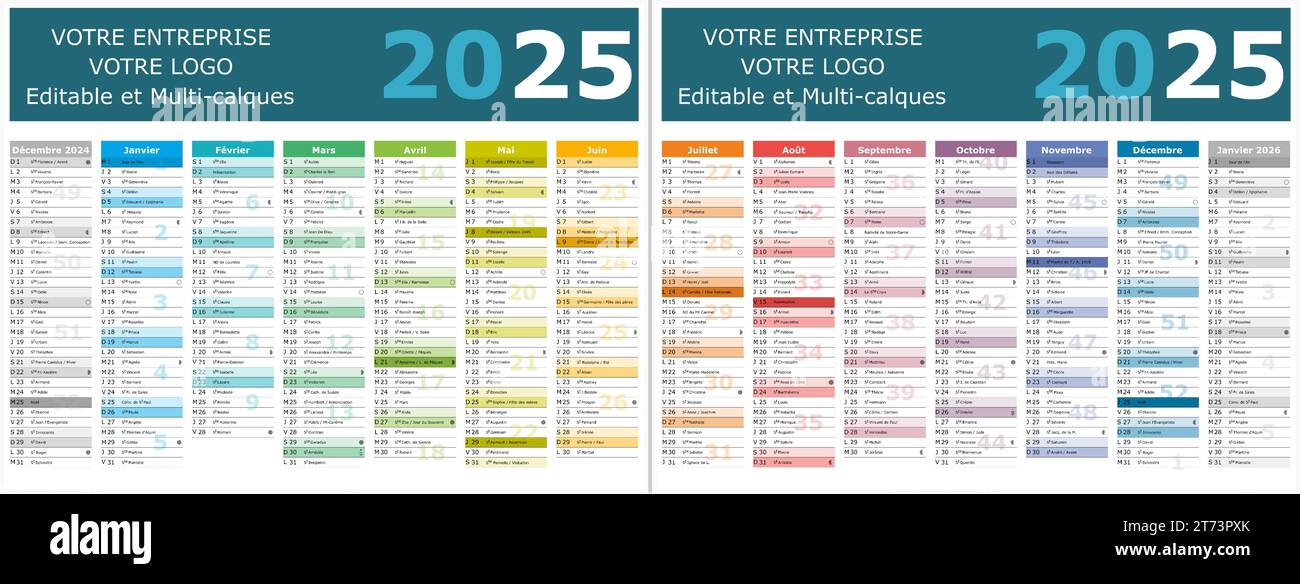
The months of the French calendar were named after natural phenomena or agricultural activities. The first month of the year was Vendémiaire (vintage month), followed by Brumaire (foggy month), Frimaire (frosty month), Nivôse (snowy month), Pluviôse (rainy month), Ventôse (windy month), Germinal (germination month), Floréal (flowering month), Prairial (meadow month), Messidor (harvest month), Thermidor (heat month), and Fructidor (fruit month).
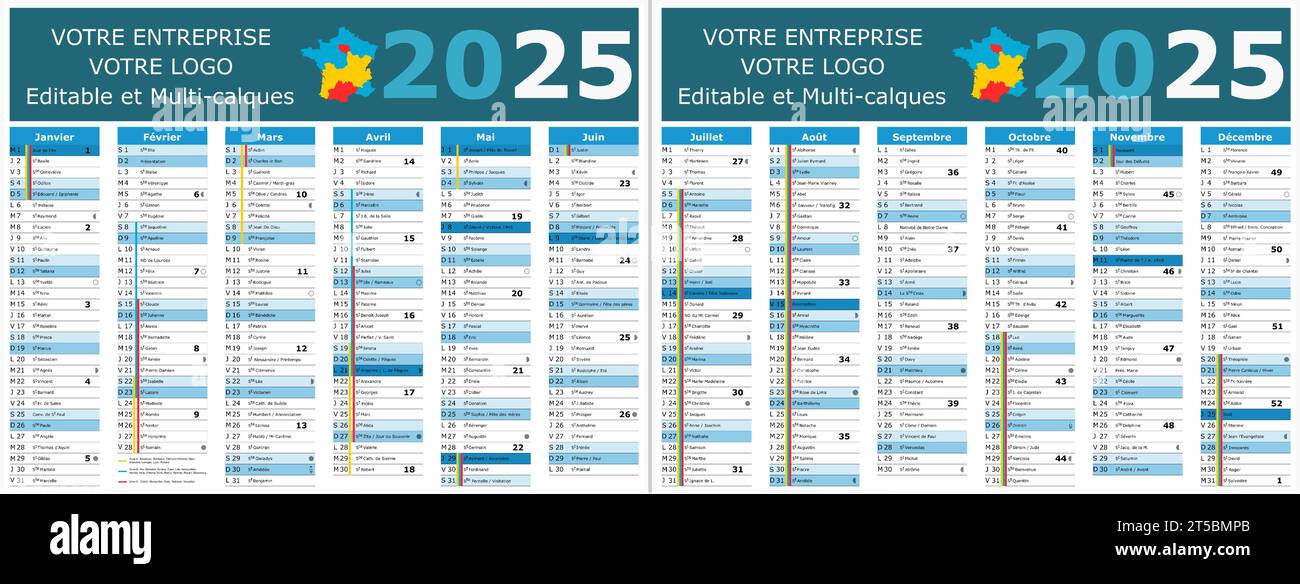
The days of the week were also renamed. The first day of the week was Primidi, followed by Duodi, Tridi, Quartidi, Quintidi, Sextidi, Septidi, Octidi, Nonidi, and Décadi. The Décadi was a day of rest and celebration.
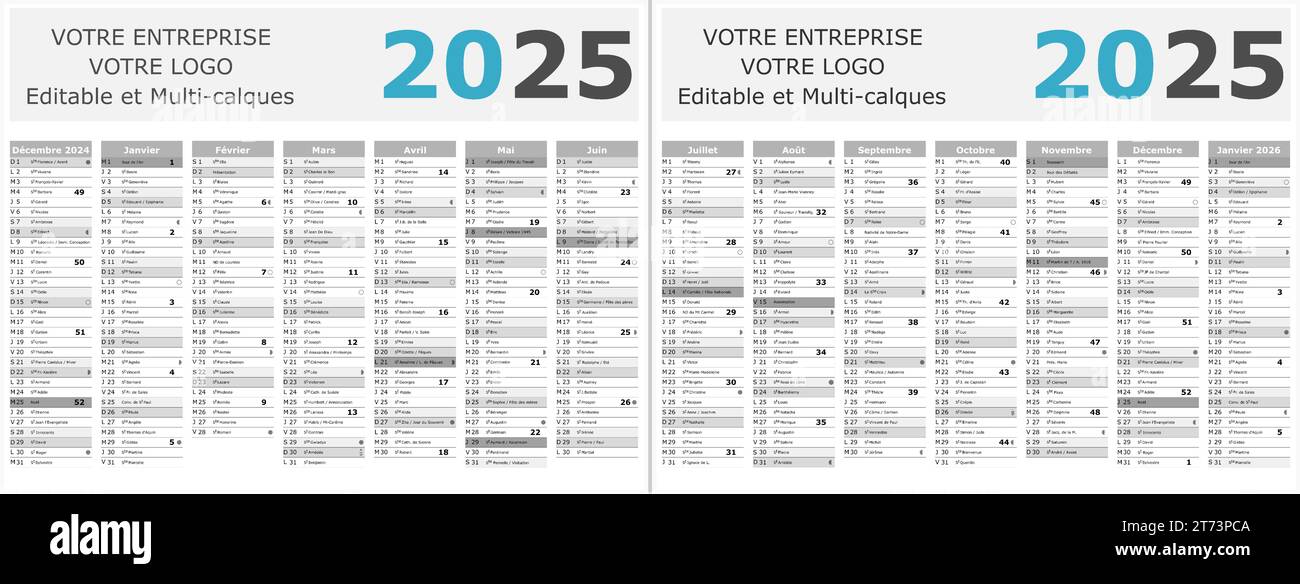
The French calendar was used for all official purposes in France during the twelve years that it was in effect. It was also used by some people in other countries, such as Belgium and Switzerland. However, the calendar was never widely adopted outside of France.
One of the main reasons for the failure of the French calendar was its lack of compatibility with the Gregorian calendar. This made it difficult for people to keep track of dates and events. Additionally, the calendar’s decimal structure was seen as unnatural and confusing by many people.
Despite its short lifespan, the French calendar had a lasting impact on the history of timekeeping. It was the first calendar to be based on the decimal system, and it inspired other attempts to create rational and scientific calendars. The French calendar also played a role in the development of the metric system.
Today, the French calendar is still used by some people as an alternative to the Gregorian calendar. It is also used by historians and scholars to study the French Revolution and the period of time when it was in use.
The French calendar was a unique and ambitious attempt to create a rational and scientific calendar. Although it was ultimately unsuccessful, the calendar left a lasting legacy on the history of timekeeping. Today, the French calendar is still used by some people as an alternative to the Gregorian calendar, and it continues to be studied by historians and scholars.

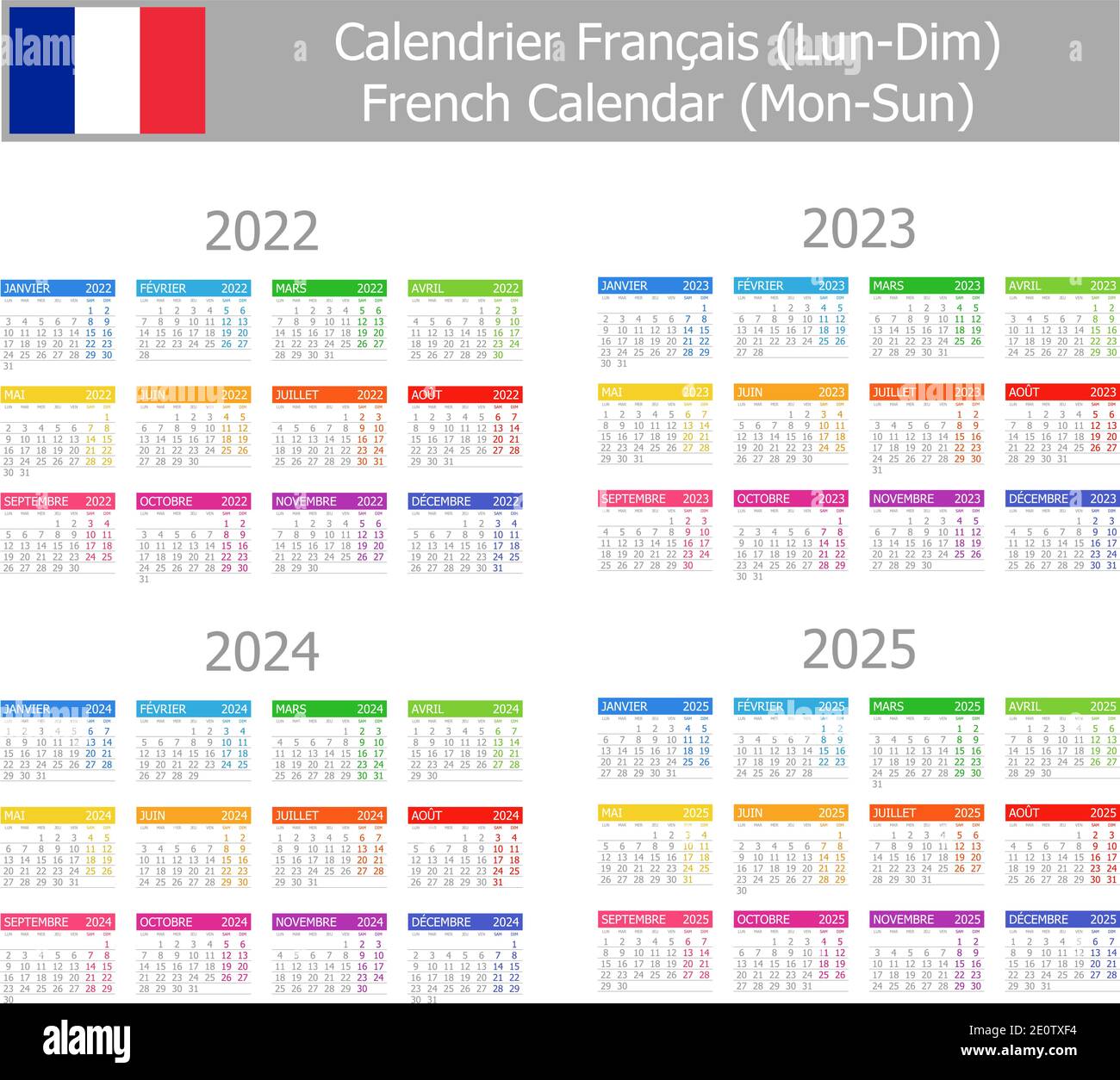





Thus, we hope this article has provided valuable insights into French Calendar 2025: A Comprehensive Guide. We thank you for taking the time to read this article. See you in our next article!